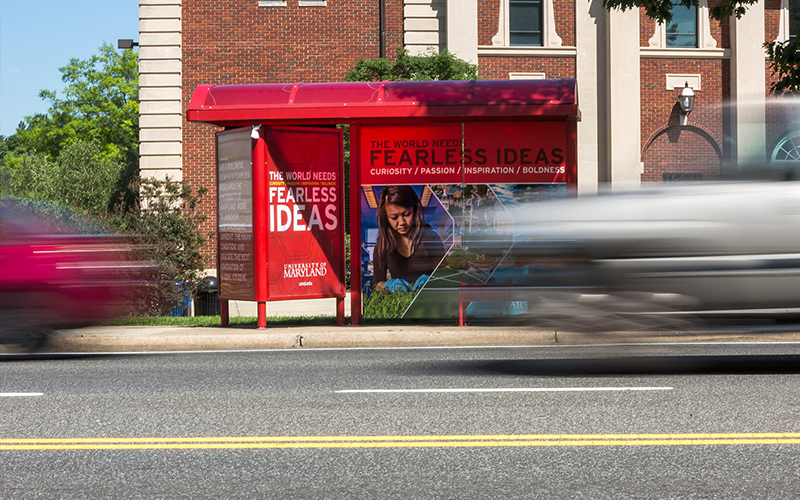
Arizona State University, Morgan State University
Year: 2015
Most public transit planning exercises are conducted using ad hoc processes, are based on idealized datasets that do not well-represent actual transit service, or are heavily affected by political processes. Congress has indicated a desire to ensure that explicit and objective-based performance targets are set in the areas of congestion reduction, system reliability, and environmental sustainability, among others. This project contributes to these goals by leveraging emerging data sources to ensure that transportation systems are planned and evaluated using the best available data and methods, increasing the likelihood that transit supply and demand will be well-matched.
Recent advances in the spatial and temporal representation of public transit supply combined with emerging datasets that provide highly-resolved information about the location and socio-economic nature of public transit demand are opening up analytical possibilities for public transit operations, planning, accessibility, and optimization. These newer datasets allow for accessibility and other performance characteristics to be calculated at the level of individual stops or routes in a transit network in real time - at a particular instant on a particular day. The goal of this project will be to develop open-source software that makes transit performance analysis based on real-time possible and to study the difference between actual and expected service within and between metropolitan regions in the United States. The tool may also be used for the planning and evaluation of future transit improvements.
The objectives of this project are to contribute to the academic literature while developing software and tools that will facilitate improved public transportation planning. Although some authors have explicitly investigated disparities in transit service at the neighborhood level, they have relied on imprecise measures of public transit supply and demand. More commonly, authors seek to determine whether there is a “gap” between public transit supply and demand on average across an entire region, which provides little in the way of information that can guide public transit planning. Our work will identify areas in a city or region where actual public transit service is performing poorly relative to expected service and will provide a method for other cities to conduct similar analyses. We will also determine whether there is systematic variation in space in terms of this disparity conditioned upon demographic characteristics across the city or region. These findings will be relevant to public transit providers and federal agencies interested in ensuring nondiscrimination in public transit planning as required by Title VI of the 1964 Civil Rights Act.
Top